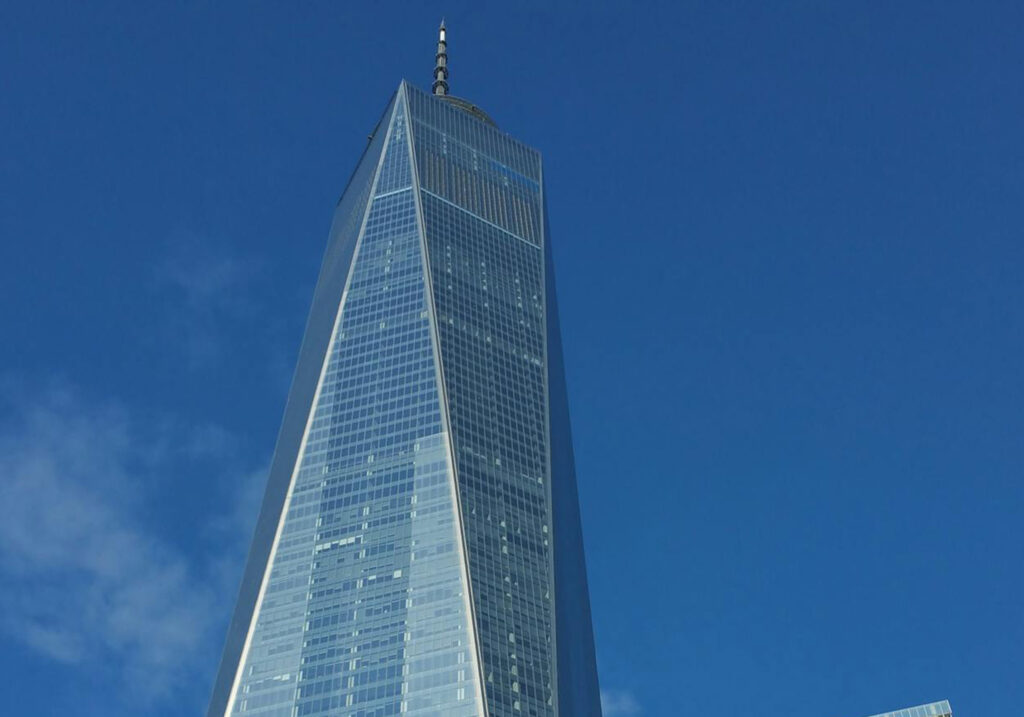It has always been said that steel buildings are great investments. While it is cost-efficient, it can give you a durable and versatile structure. But is it a great investment? Are there financial benefits to building long-lasting steel structures?
Let us find out.
Durability and Reduced Maintenance Costs
One of the primary financial benefits of steel buildings is their durability, which directly translates to lower maintenance costs. Steel is resistant to common issues like rot, mold, and insect damage that plague wood and other materials. Additionally, steel buildings are designed to withstand harsh weather conditions, including heavy snow, high winds, and even seismic activity. This resilience minimizes the need for frequent repairs or replacements.
Routine maintenance for steel buildings typically involves simple tasks like inspections for rust, clearing debris from gutters, and occasional repainting or recoating. Compared to traditional materials, these maintenance tasks are less labor-intensive and less frequent, saving both time and money. The reduced maintenance requirements mean owners can allocate resources to other areas of their operations or personal projects.
In the long term, the reduced need for upkeep significantly lowers the building’s total cost of ownership. Property owners can enjoy decades of reliable performance without worrying about recurring expenses for repairs. This makes steel buildings an attractive option for businesses looking to maximize their return on investment and for homeowners aiming to reduce household expenses.
Energy Efficiency and Lower Utility Bills
Modern steel buildings are often designed with energy efficiency in mind. Insulated steel panels, reflective roof coatings, and efficient ventilation systems help maintain comfortable indoor temperatures, reducing the need for heating and cooling. This results in substantial savings on energy bills, particularly in climates with extreme temperature variations.
For example, insulated steel panels provide excellent thermal performance, keeping interiors warm during the winter and cool during the summer. Reflective coatings on steel roofs deflect sunlight, minimizing heat absorption and reducing air conditioning costs. These features make steel buildings not only environmentally friendly but also cost-effective in terms of energy consumption.
In addition to direct savings, energy-efficient steel buildings may qualify for government incentives or tax credits. Programs aimed at promoting sustainable construction often reward property owners who invest in energy-saving materials and technologies. These incentives can further offset the initial costs of construction and contribute to long-term financial benefits.
Longevity and Return on Investment
Steel buildings are designed to last for decades, with many structures remaining functional for 50 to 100 years or more. This longevity ensures that property owners receive excellent value for their investment over the building’s lifespan. Unlike structures made from less durable materials, steel buildings maintain their structural integrity and appearance for much longer, reducing the need for costly replacements.
The long lifespan of steel buildings also contributes to higher resale values. Prospective buyers often prioritize durability and low maintenance requirements, making steel buildings an appealing choice. A well-maintained steel structure can command a premium price on the market, providing property owners with a solid return on investment.
Additionally, businesses operating in steel buildings benefit from reduced downtime associated with repairs or replacements. This operational stability translates to consistent revenue generation, further enhancing the financial benefits of choosing steel over other materials.
Insurance Savings
Another financial advantage of steel buildings is the potential for lower insurance premiums. Steel is non-combustible, making it a safer choice for areas prone to wildfires or industrial accidents. Insurers often offer discounts for properties with fire-resistant features, which can lead to significant savings over time.
Steel buildings are also highly resistant to damage from pests, such as termites, which can cause extensive and costly destruction in wood structures. This resistance reduces the likelihood of filing insurance claims, further contributing to lower premiums.
In regions susceptible to severe weather events like hurricanes or tornadoes, steel buildings provide enhanced protection against wind and debris. Their structural stability reduces the risk of catastrophic damage, making them a preferred choice for insurers. By investing in a steel building, property owners can enjoy peace of mind while saving money on insurance costs.
Versatility and Cost-Effective Customization
Steel buildings are highly versatile, accommodating a wide range of uses, from warehouses and industrial facilities to homes and retail spaces. This adaptability allows property owners to maximize the utility of their investment. For example, a steel building initially used as a storage facility can be easily repurposed into an office space or workshop with minimal modifications.
Customization options for steel buildings are also more cost-effective than traditional construction methods. Pre-engineered steel building kits come with components that are easy to assemble and customize, reducing labor costs and construction time. Features like skylights, mezzanines, and specialized insulation can be added without incurring exorbitant expenses.
The ability to adapt and expand steel buildings ensures that they remain functional and relevant as needs change over time. This flexibility enhances their long-term value, making them a financially sound choice for both personal and commercial applications.
Sustainability and Environmental Benefits
Steel is one of the most sustainable building materials available, offering significant environmental and financial benefits. It is 100% recyclable, meaning that steel components can be repurposed at the end of a building’s life cycle. This reduces waste and often provides financial returns through scrap value.
The production of steel has also become more energy-efficient over the years, with many manufacturers utilizing recycled materials in their processes. This reduces the environmental impact of construction and aligns with global efforts to promote sustainability. For property owners, this translates to potential eligibility for green building certifications or incentives, which can enhance the property’s marketability and value.
Sustainability is becoming increasingly important to consumers and businesses alike. By investing in a steel building, owners can demonstrate their commitment to environmental responsibility, which can attract eco-conscious clients, tenants, or buyers. This added appeal further enhances the financial viability of steel buildings.
Reduced Construction Costs
Steel buildings are typically more affordable to construct than traditional buildings. Pre-engineered steel kits simplify the construction process, reducing labor costs and shortening project timelines. Since the components are fabricated off-site and delivered ready for assembly, there is less room for delays or errors during construction.
The lightweight nature of steel also reduces transportation and foundation costs. Unlike heavier materials like concrete, steel requires less extensive groundwork, which can significantly lower expenses. These savings make steel buildings an attractive option for developers and property owners with budget constraints.
Furthermore, the predictability of steel construction eliminates many of the uncertainties associated with traditional building methods. Clear timelines, precise material estimates, and streamlined processes reduce the risk of unexpected costs, ensuring that projects stay within budget.
Low Risk of Depreciation
Steel buildings depreciate at a slower rate compared to structures made from other materials. Their resistance to wear, pests, and environmental damage ensures that they retain their value over time. This makes them a more stable and reliable investment, particularly for businesses looking to minimize financial risks.
In addition to their slow depreciation rate, steel buildings often appreciate in value when located in desirable areas or when enhanced with modern features. This dual benefit of minimal depreciation and potential appreciation makes steel buildings a wise choice for long-term investors.
Moreover, the low depreciation rate translates to tax advantages. Property owners can take advantage of depreciation deductions while still benefiting from the building’s sustained market value. This combination of financial incentives enhances the overall appeal of steel buildings as an investment.
High Resale Value
The durability and low maintenance requirements of steel buildings contribute to their high resale value. Prospective buyers are often willing to pay a premium for structures that require minimal upkeep and offer long-lasting performance. This makes steel buildings an attractive option for those looking to sell or lease their properties in the future.
In addition to their inherent durability, steel buildings can be easily upgraded or renovated to meet changing market demands. Features like energy-efficient insulation, modern finishes, or additional spaces can enhance their appeal and value. These upgrades are often more cost-effective for steel buildings than for traditional structures, further boosting their resale potential.
The combination of durability, low maintenance, and adaptability ensures that steel buildings remain competitive in the real estate market. Property owners can confidently invest in steel structures, knowing that they will retain their value over time and provide a strong return on investment.
Conclusion
Steel buildings offer a wide range of financial benefits that make them a smart investment for homeowners, businesses, and developers. From reduced maintenance costs and energy savings to high resale values and sustainability incentives, these structures provide long-term value and reliability. Their durability, adaptability, and cost-effectiveness ensure that they remain a popular choice for various applications.
By choosing steel buildings, property owners can enjoy significant savings while contributing to a more sustainable and efficient future. Whether for residential, commercial, or industrial use, steel buildings represent a practical and financially sound construction option that delivers lasting benefits.

